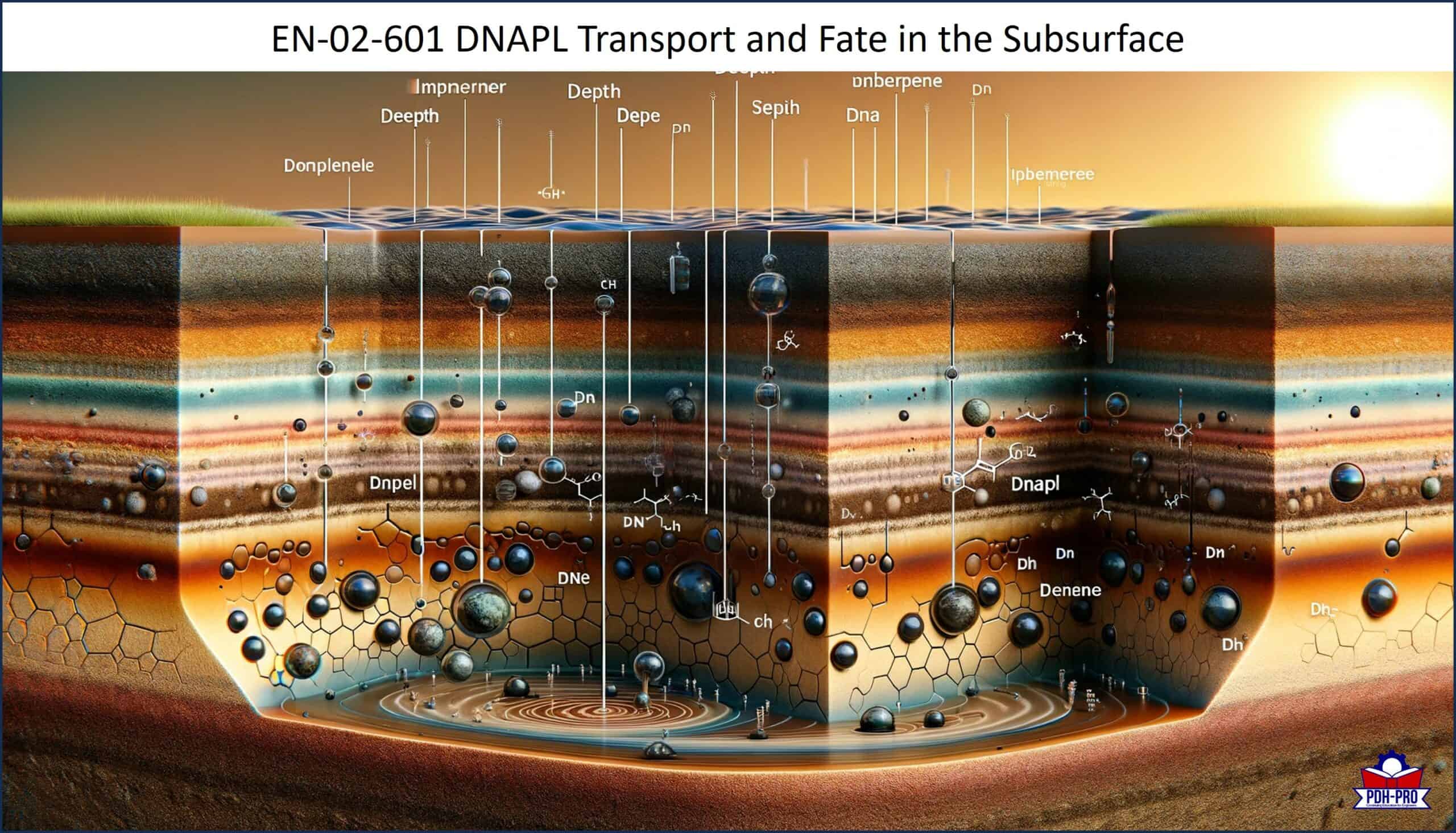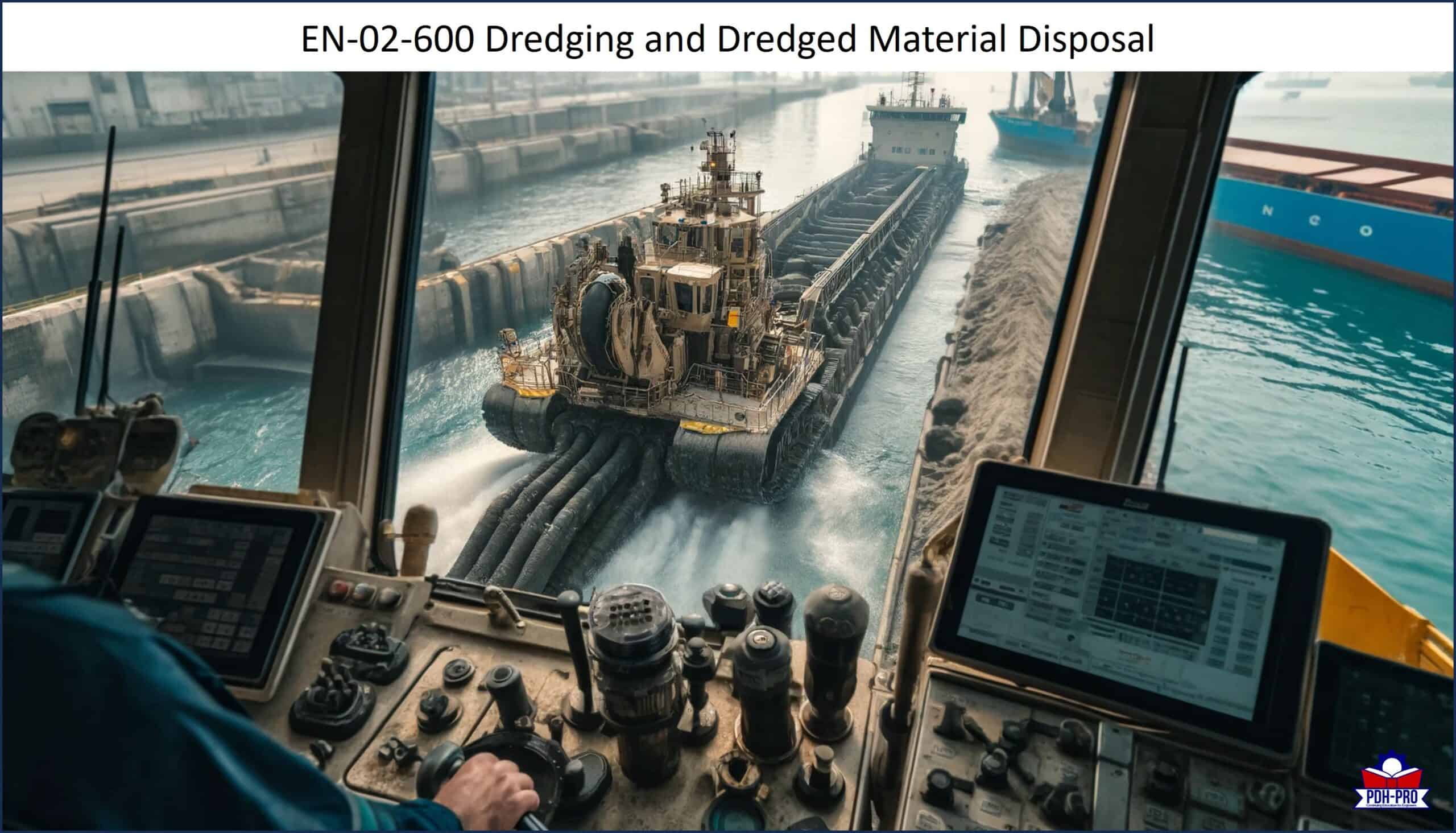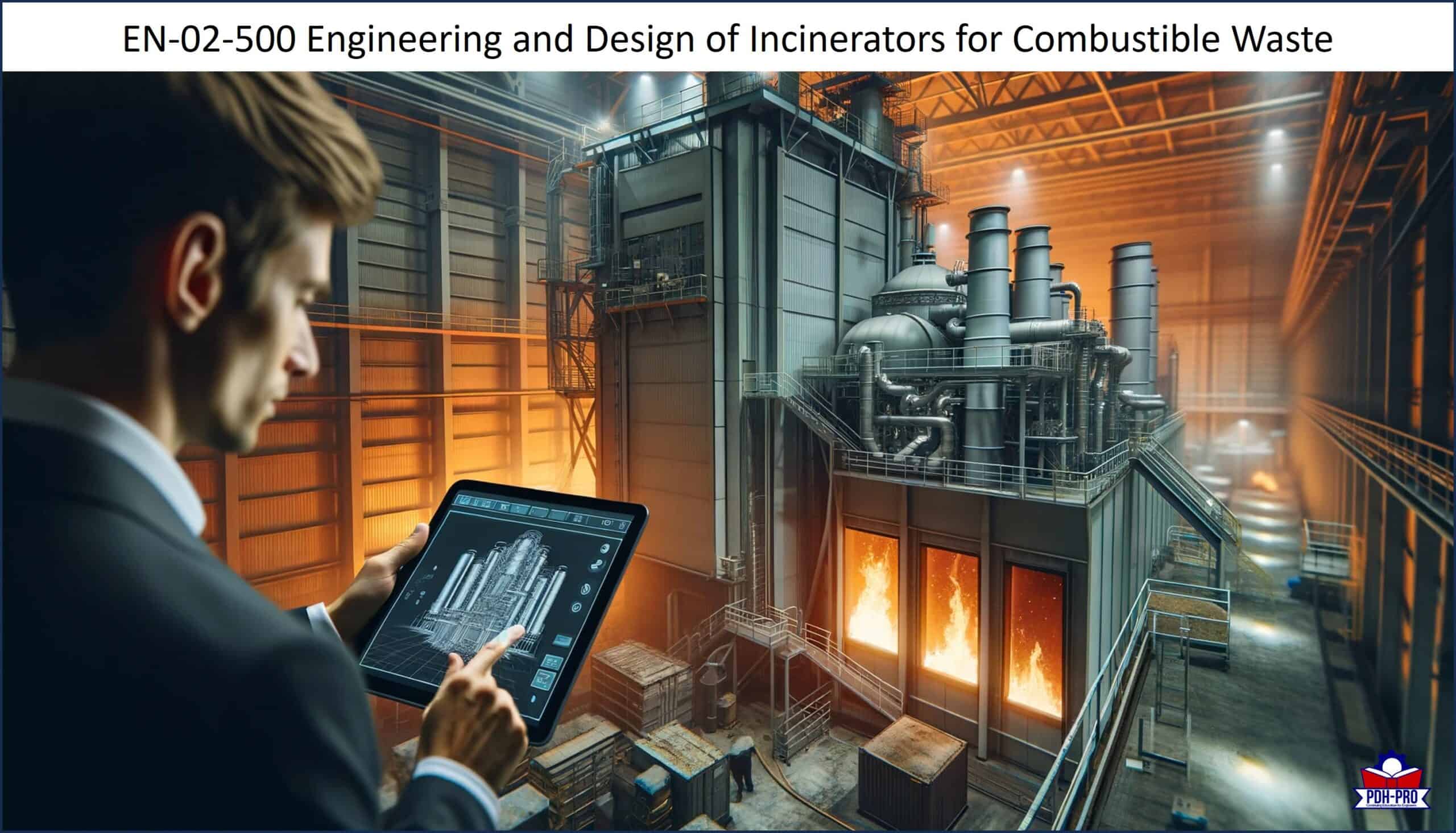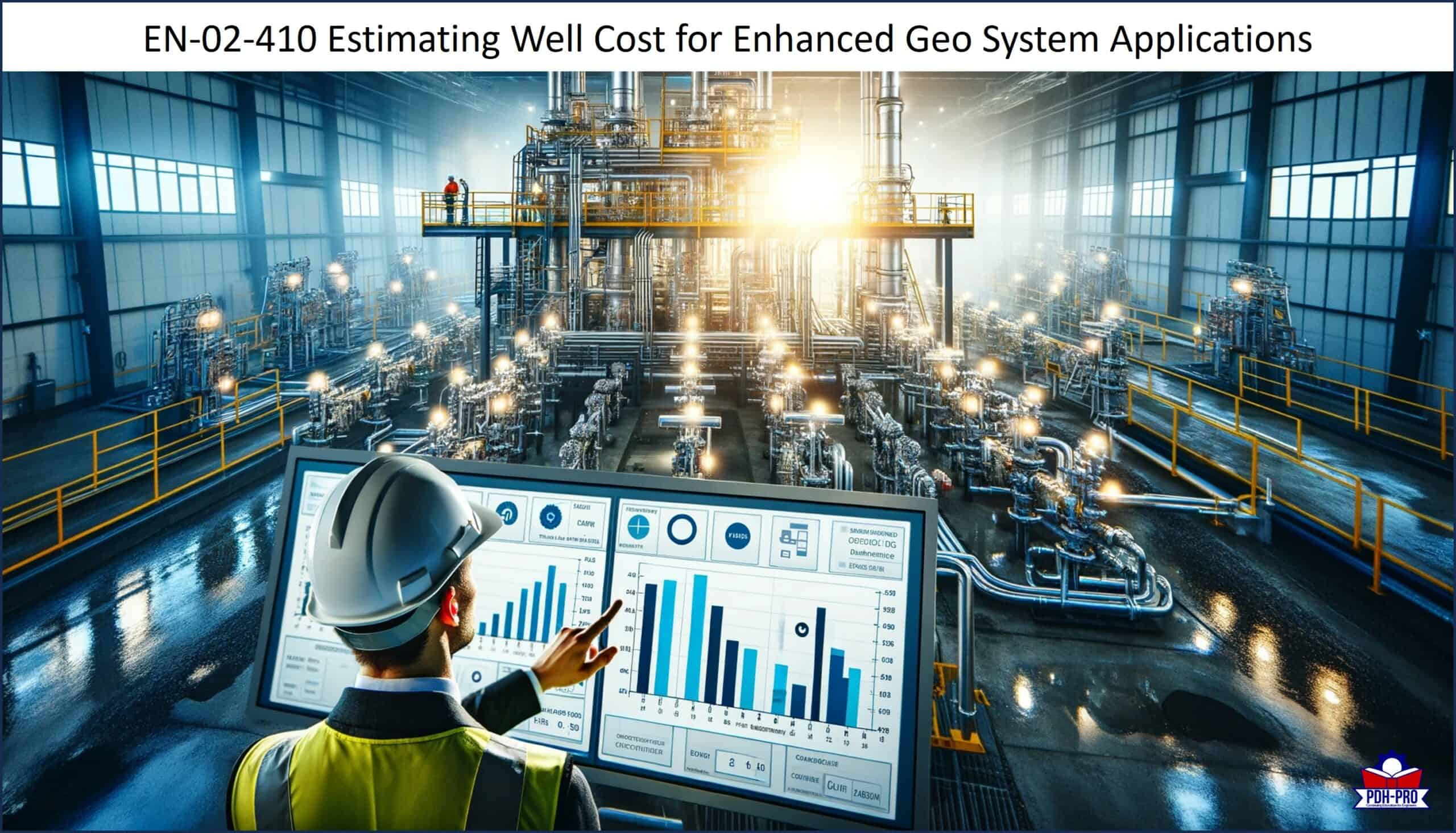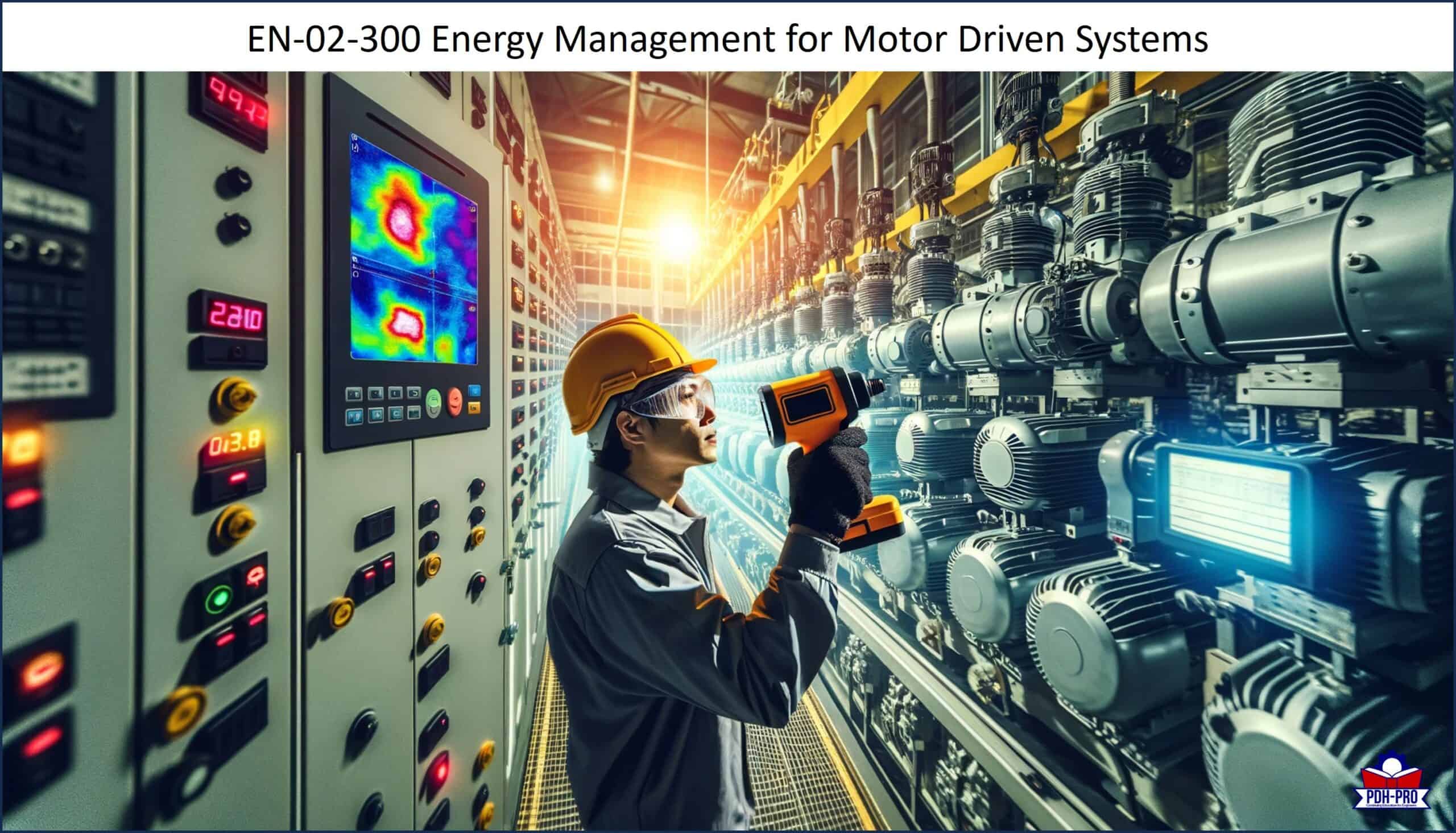
- Home
- Contact Us
- Corporate Solutions
- Webinars
- Packages
- Courses
- Categories
- Live Webinars
- Packages
- Chemical Engineering
- Civil Engineering
- Electrical Engineering
- Petroleum Engineering
- Environmental Engineering
- Geotechnical Engineering
- Mechanical Engineering
- Structural Engineering
- Sustainability
- State Rules and Regulations
- Ethics and Law
- Project Management
- HSSE
- Petroleum Engineering
- Timed & Monitored – Ohio
- On Demand Webinars
- More
Course Full With Both Sidebar
Condimentum Cursus Lorem ParturientInstructorPDH Pro Staff
TypeOnline Course
Price$84
Please sign in first
Not a member?
Please simply create an account before buying/booking any courses.
Create an account for free!
DNAPL Transport and Fate in the Subsurface
DNAPL Transport and Fate in the Subsurface Dense non-aqueous phase liquids (DNAPLs) such as creosote, coal tar, chlorinated solvents and polychlorinated biphenyl oils represent a particular class of soil and groundwater contaminant that exist as a separate liquid phase in the presence of water. DNAPLs come to rest in the subsurface as disconnected blobs and... Learn More
InstructorPDH Pro Staff
TypeOnline Course
Price$126
Please sign in first
Not a member?
Please simply create an account before buying/booking any courses.
Create an account for free!
Dredging and Dredged Material Disposal
Dredging and Dredged Material Disposal This course presents engineering and design guidance for use on new dredging projects as well as maintenance work. It provides an inventory of the dredging equipment and disposal techniques used in the United States and provide guidance for activities associated with new work and maintenance projects. Guidance is offered on... Learn More
InstructorPDH Pro Staff
TypeOnline Course
Price$42
Please sign in first
Not a member?
Please simply create an account before buying/booking any courses.
Create an account for free!
Engineering and Design of Incinerators for Combustible Waste
Engineering and Design of Incinerators for Combustible Waste This course provides guidance for the design of incinerators for combustible waste materials at U.S. Army mobilization facilities. It is also applicable to all field operating activities having mobilization construction responsibilities wherein the criteria and standards presented here were applied to construction considered crucial to a mobilization... Learn More
InstructorPDH Pro Staff
TypeOnline Course
Price$147
Please sign in first
Not a member?
Please simply create an account before buying/booking any courses.
Create an account for free!
Estimating Well Cost for Enhanced Geo System Applications
Estimating Well Cost for Enhanced Geo System Applications This course provides a detailed description and analysis of enhanced geothermal system (EGS) reservoir performance. The economics of EGS systems is controlled by the interplay of a complex set of parameters: reservoir, geologic, drilling, well completion, plant design, and operation. In order to identify, analyze, and mitigate... Learn More
InstructorPDH Pro Staff
TypeOnline Course
Price$315
Please sign in first
Not a member?
Please simply create an account before buying/booking any courses.
Create an account for free!
Energy Management for Motor Driven Systems
Energy Management for Motor Driven Systems This course provides the basis for establishing a facility energy-management program, to identify and evaluate energy conservation opportunities involving motor-driven equipment, and to design a motor improvement plan. The course materials focus on: Reducing energy costs, Improving motor-driven system reliability and efficiency, Increasing productivity, and Minimizing unscheduled downtime. In... Learn More
Course Categories
- Chemical Engineering
- Civil Engineering
- Electrical Engineering
- Environmental Engineering
- Ethics and Law
- Geotechnical Engineering
- HSSE
- Live Webinars
- Mechanical Engineering
- On Demand Webinars
- Packages
- Petroleum Engineering
- Project Management
- State Rules and Regulations
- Structural Engineering
- Sustainability
- Timed & Monitored – Ohio
